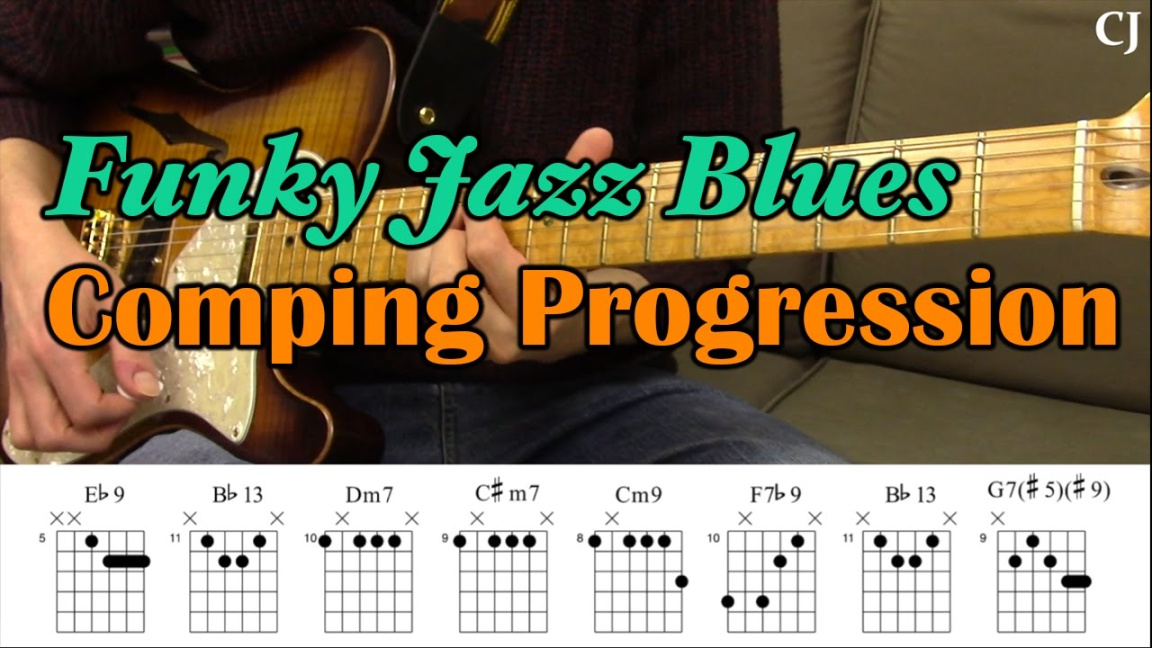Getting Funky with Guitar Chords: A Deep Dive
So, you want to get your groove on with some funky guitar chords? Awesome! Funk is all about rhythm, feel, and those slick, tight chord voicings that make you want to move. It’s not just about playing chords; it’s about how you play them, where you place them in the groove, and how they interact with the bass and drums. Let’s break down some key elements to get you started.
The Foundation: Basic Funk Chords
Funk often relies on simple chord shapes, but it’s the way you mute and rhythmically play them that brings the funk. Think about those classic ’70s funk records. You’ll hear a lot of:

Dominant 7th Chords: These are your bread and butter. Think A7, D7, E7, etc. They bring that bluesy, slightly dissonant edge that’s perfect for funk.
It’s not just about the chords themselves, but the way you voice them. Try playing them higher up the neck, using inversions, and experimenting with different fingerings.
The Rhythm: Muting and Strumming
Funk rhythm is all about the “chicka-chicka” feel. That’s where muting comes in.
Palm Muting: This is essential. Rest your palm lightly on the strings near the bridge to create that percussive, short, staccato sound.
Practice playing simple chord progressions while focusing on your muting and rhythm. Try playing along with a drum machine or a backing track to get a feel for how the guitar fits into the groove.
Common Funk Chord Progressions
Here are a few classic funk chord progressions to get you started:
I-IV-V Progression: This is a fundamental progression in many genres, including funk. In the key of E, that would be E7-A7-B7.
Experiment with these progressions, changing the order of the chords, adding passing chords, and playing them in different keys.
The Importance of Dynamics and Feel
Funk is all about dynamics and feel.
Vary Your Dynamics: Don’t play everything at the same volume. Use dynamics to create contrast and build tension.
Techniques to Add Flavor
Chord Stabs: Play short, accented chords to create rhythmic accents.
Putting it All Together
To create a funky chord progression, start with a simple progression and focus on your rhythm and muting. Experiment with different chord voicings, add passing chords, and incorporate single-note lines and fills. Remember to listen to the bass and drums and let your body move with the groove.
Conclusion
Funk guitar is a blend of rhythmic precision, harmonic awareness, and a strong sense of groove. It’s about more than just playing the right chords; it’s about how you play them, where you place them in the rhythm, and how they interact with the other instruments. By mastering basic funk chords, developing your muting and strumming techniques, and experimenting with different progressions, you can start creating your own funky grooves. So, grab your guitar, turn up the amp, and get ready to get funky!

